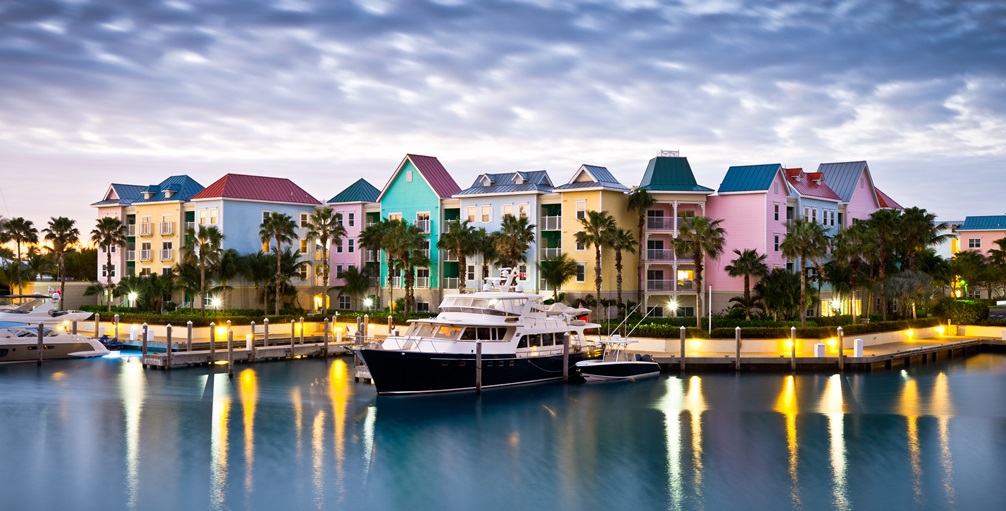With a $35 million (USD) loan from the Inter-American Development Bank (IDB), The Bahamas will seek to build the country’s resilience to coastal risks through sustainable coastal protection, including natural infrastructure and integrated management of the coast.
The project will fund green infrastructure for hazard resilience through the restoration of coastal natural habitats on Andros Island. The project will support institutional strengthening for Bahamas’ coastal risk management efforts.
The program will also finance shoreline stabilization and coastal flooding control measures on Grand Bahama Island, Central Long Island, and New Providence Island.
The IDB’s Bahamas country representative, Maria Florencia Attademo-Hirt, said: “The project seeks to rethink the way the Bahamas deals with coastal infrastructure. One of the five sites identified in that project is in Long Island. Basically, it will use data to build your next sea wall, for instance.”
“Our team went to Long Island and met with the community, looked at some of the needs and pre-identified the site that requires infrastructure investment, which will be done in hopefully a new way of adding data to whatever we build, so that it is more resilient to climate change,” she continued.
The Bahamas is highly vulnerable to hurricanes, which put at risk both economic activities and associated public infrastructure concentrated along the coast of New Providence and several of the Family Islands. From 1970 to 2016, The Bahamas experienced 18 major disasters, including hurricanes. The hurricanes are usually accompanied by severe coastal erosion and flooding, including in densely populated areas where the buffering effect of coastal habitats has been lost.
The Government of The Bahamas has recognized that future growth of its tourism-dependent economy will depend on ecosystem services, while maintaining biodiversity and enhancing the resilience of economic activities to coastal risks, including climate change.
Given the strategic importance of the country’s coastal zones to its economic development, this project is expected to result in a reduction of Bahamas’ economic losses due to natural disasters and climate change as well to promote an increase in local economic activity through improved coastal resilience.
$23.5 million is being targeted to increase resilience to coastal hazards through science-based shoreline stabilization and coastal flooding control measures coupled with sustainable rehabilitation of adjacent critical public infrastructure at three priority sites on East Grand Bahama Island, Central Long Island, and Nassau/Junkanoo Beach on New Providence Island,
$3 million is being allocated to enhance the resilience of Andros Island communities to coastal hazards and climate-related impacts through implementation of pilot projects that demonstrate the effectiveness of natural habitat restoration for coastal protection in line with the island’s master plan. An additional $3.5 million will fund the institutional strengthening of The Bahamas’ Ministry of Public Works and partners for coastal risk management and integrated planning activities.
The Bank’s loan is for a 24-year term, including a 6.5-year grace period, at a LIBOR-based interest rate.
The Inter-American Development Bank is devoted to improving lives. Established in 1959, the IDB is a leading source of long-term financing for economic, social and institutional development in Latin America and the Caribbean. The IDB also conducts cutting-edge research and provides policy advice, technical assistance and training to public and private sector clients throughout the region.
Bahamas photo via Adobe Stock.

